Long Exposure Photography
One of the areas of photography that we like to experiment with is long exposure photography. While it is often thought of as a subset of landscape photography, it is unique in that it presents images in a different format. As a general rule, photographers capture most images in very short periods in time (1/60 second or faster) which “freezes” motion. With longer exposures, we leave the lens open for long periods of time, often for minutes instead of seconds. This results in pleasing image effects that often represent motion in a still image. This type of photography is also very useful for the capture of images in very low light conditions (i.e. night photography).
The most common examples of this type of image are those that we capture at night like this one. Here the sample image captures the motion of cars as streaks of red and white lights.

Other examples include:
For us, this is a fun area to explore and we plan to do more with this type of photography in the future. With recent changes in FAA, UAV laws, which allow night time flying, we plan to do more of this with aerial photography in the future as well.
One unique aspect of long exposure photography is that image compositing techniques are often used. An example of that in the gallery below is the fireworks picture below which actually is a combination of about 15 long exposure images to create a single artistic image.
Many of our long exposure photography images can also be considered landscapes.
The gallery below provides a small sample of some of our use of long exposures in photography.
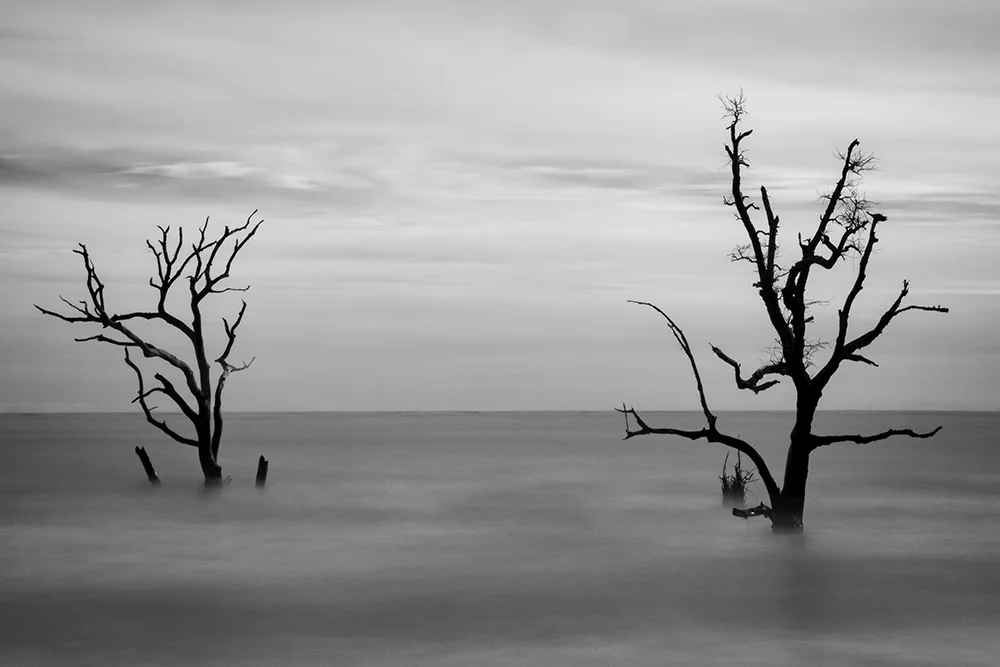 Two Trees in Blurred Ocean
Two Trees in Blurred Ocean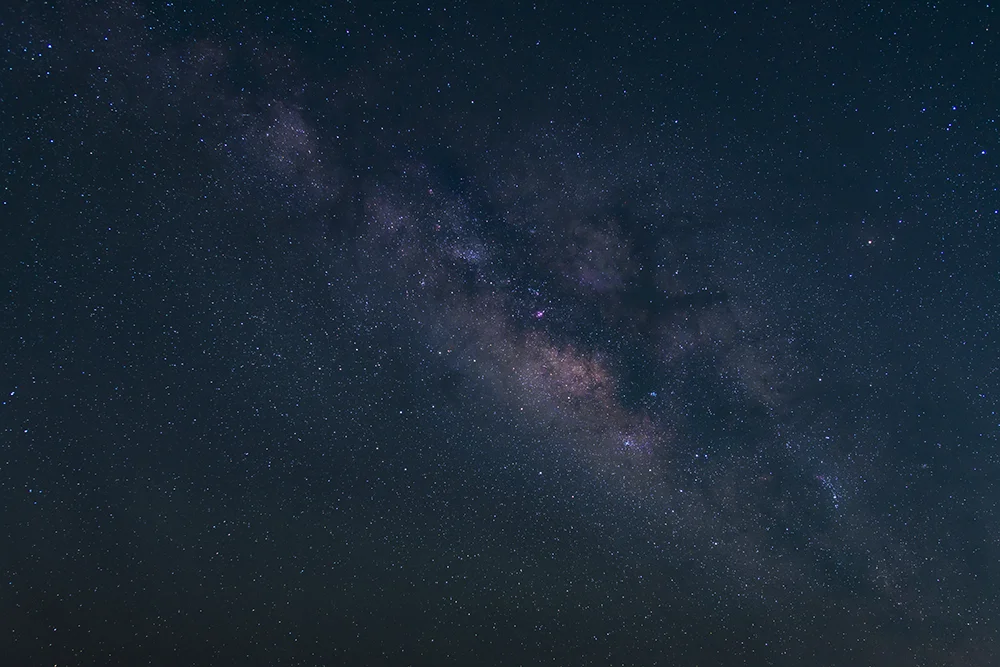 Milky Way over Atlantic Ocean
Milky Way over Atlantic Ocean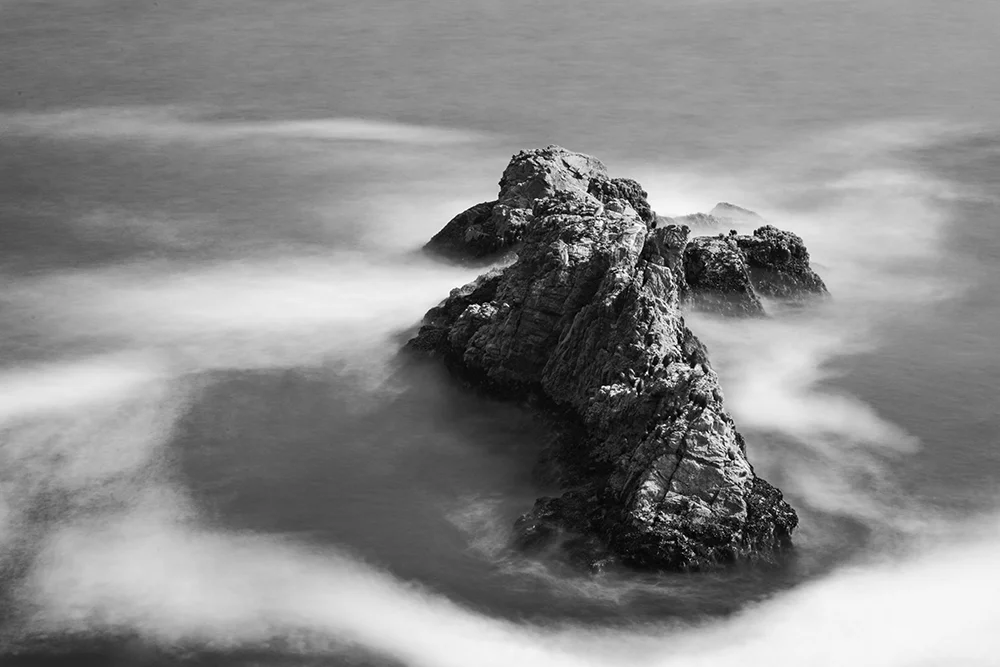 Boulder in Blurred Ocean
Boulder in Blurred Ocean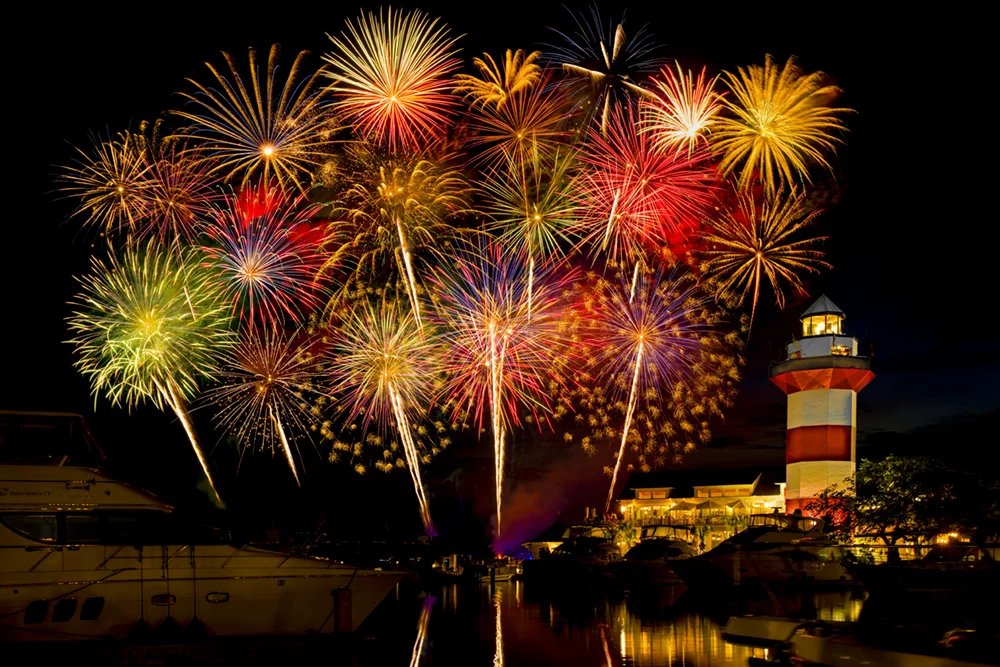 Harbour Town July 4th Fireworks
Harbour Town July 4th Fireworks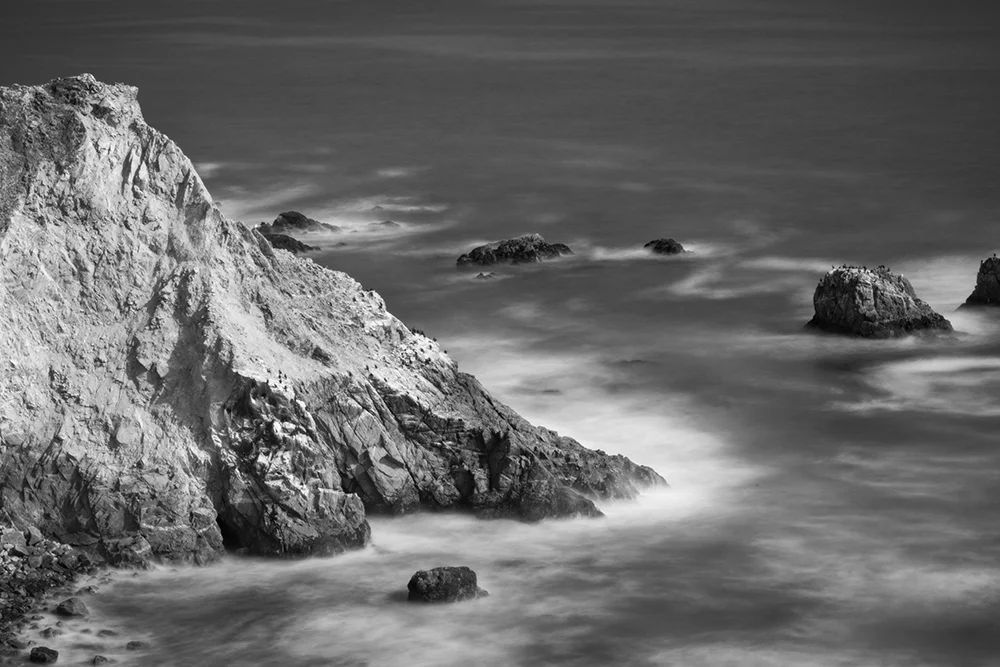 Pacific Ocean Cliffside
Pacific Ocean Cliffside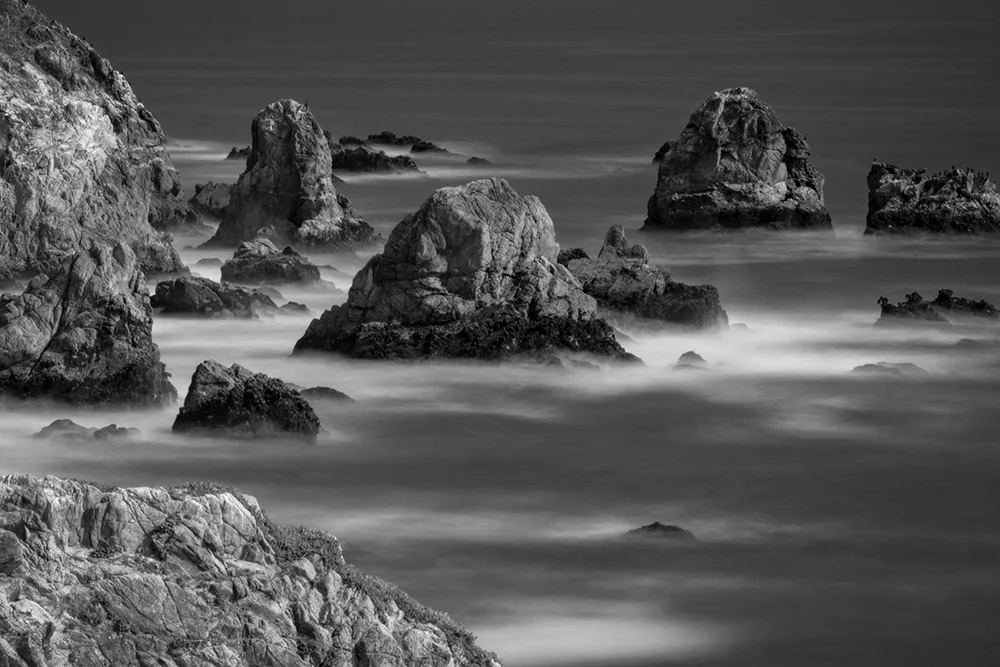 Pacific Ocean Coastal Boulders
Pacific Ocean Coastal Boulders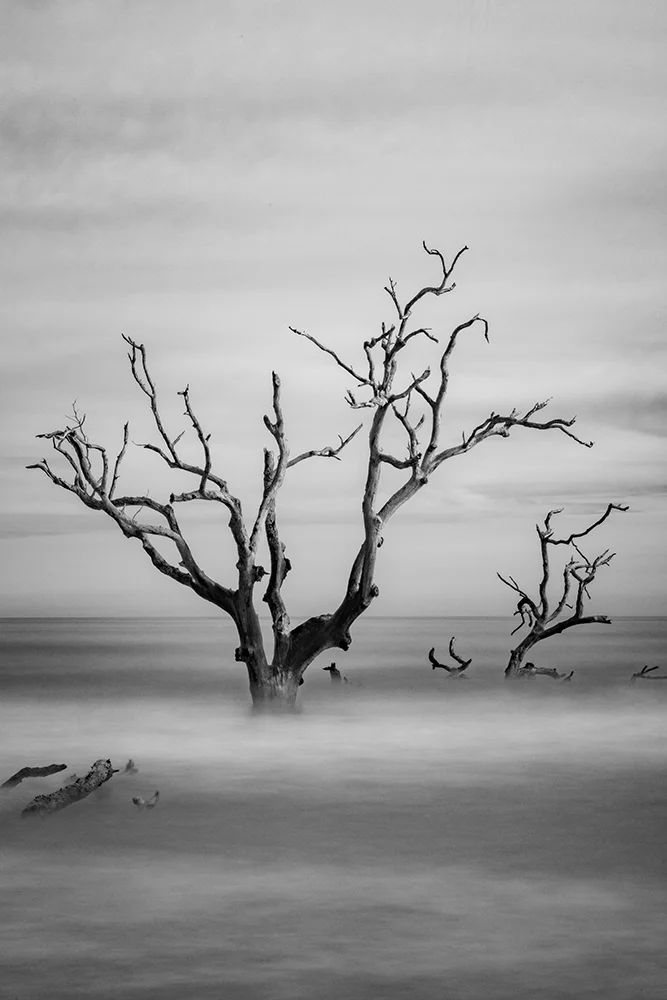 Boneyard Trees in Blurred Ocean
Boneyard Trees in Blurred Ocean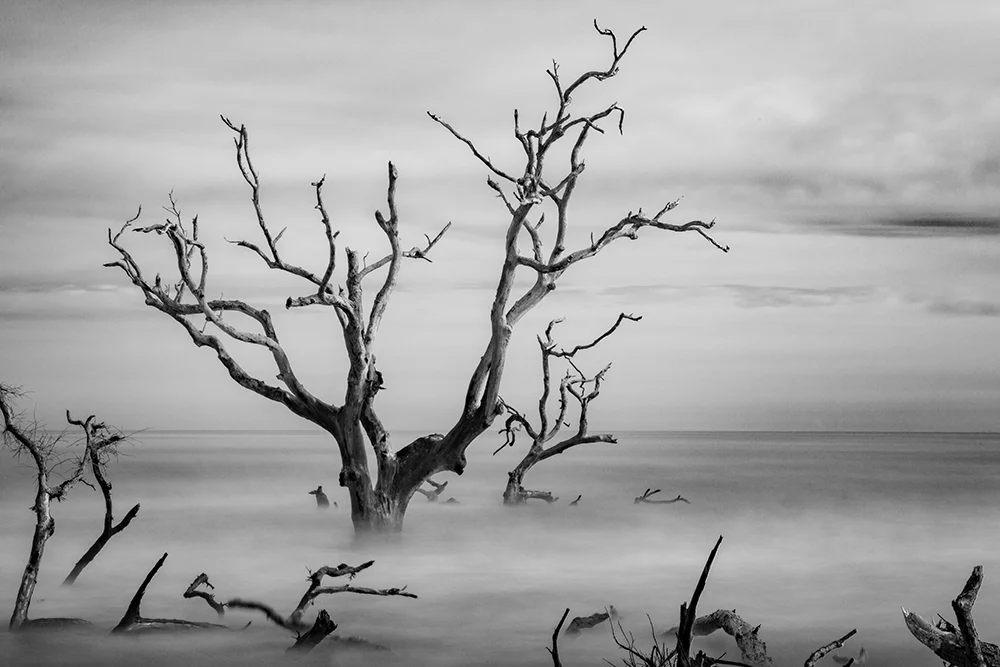 Atlantic Boneyard Beach Trees
Atlantic Boneyard Beach Trees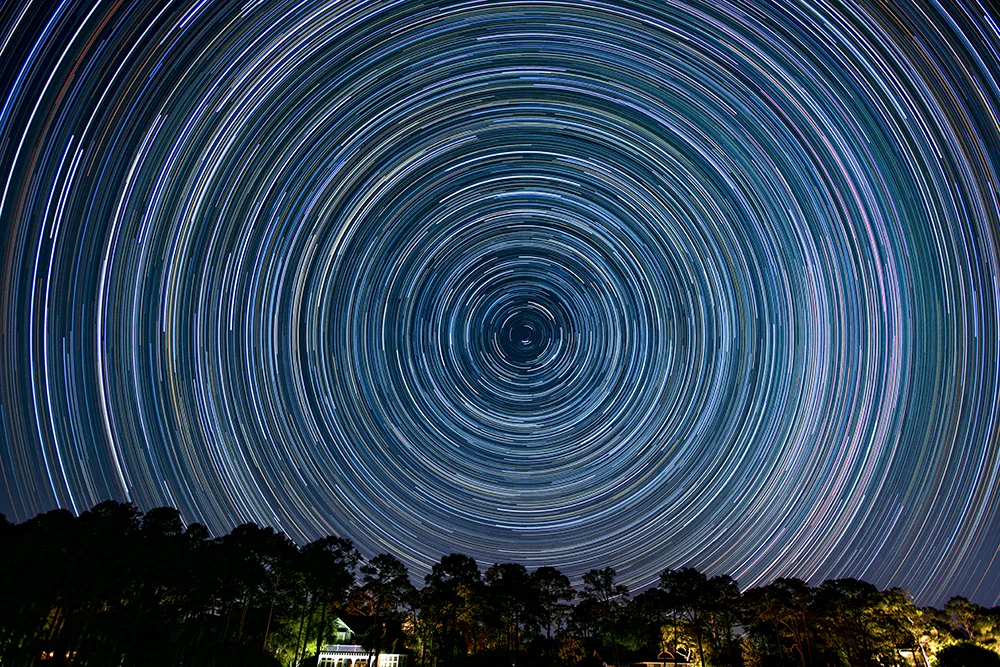 Star Trails Taken from Atlantic Ocean Beach
Star Trails Taken from Atlantic Ocean Beach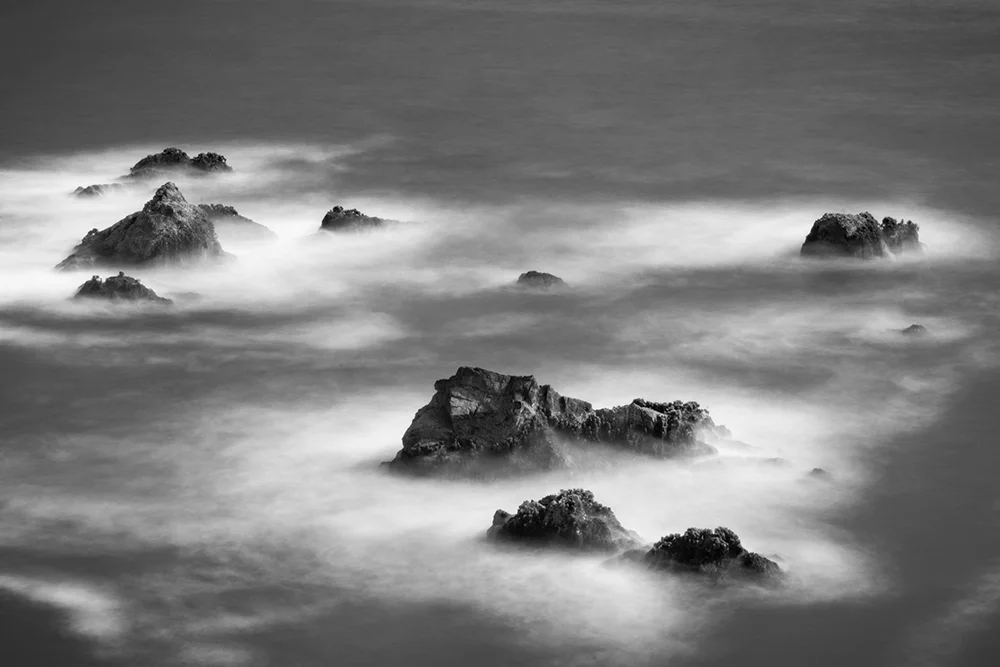 Ocean Boulders
Ocean Boulders Pacific Ocean Coastline
Pacific Ocean Coastline Long Exposure Pacific Coast Boulders
Long Exposure Pacific Coast Boulders
